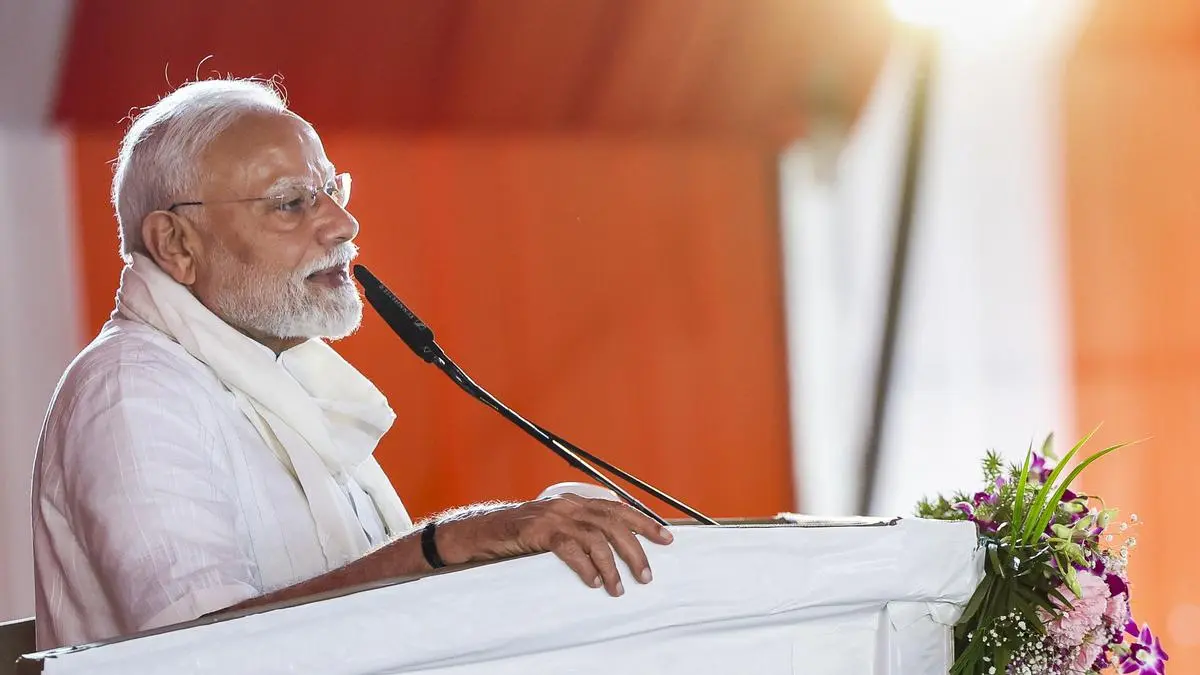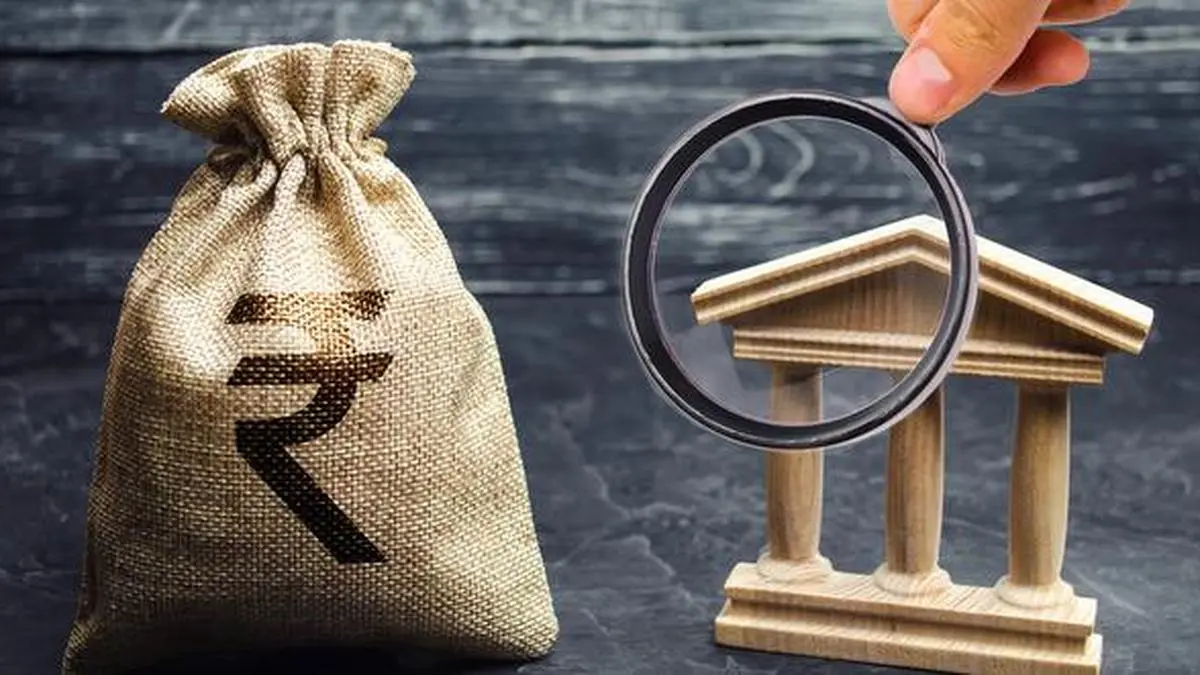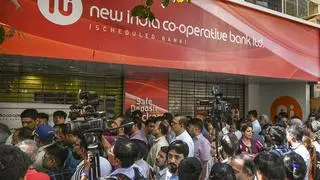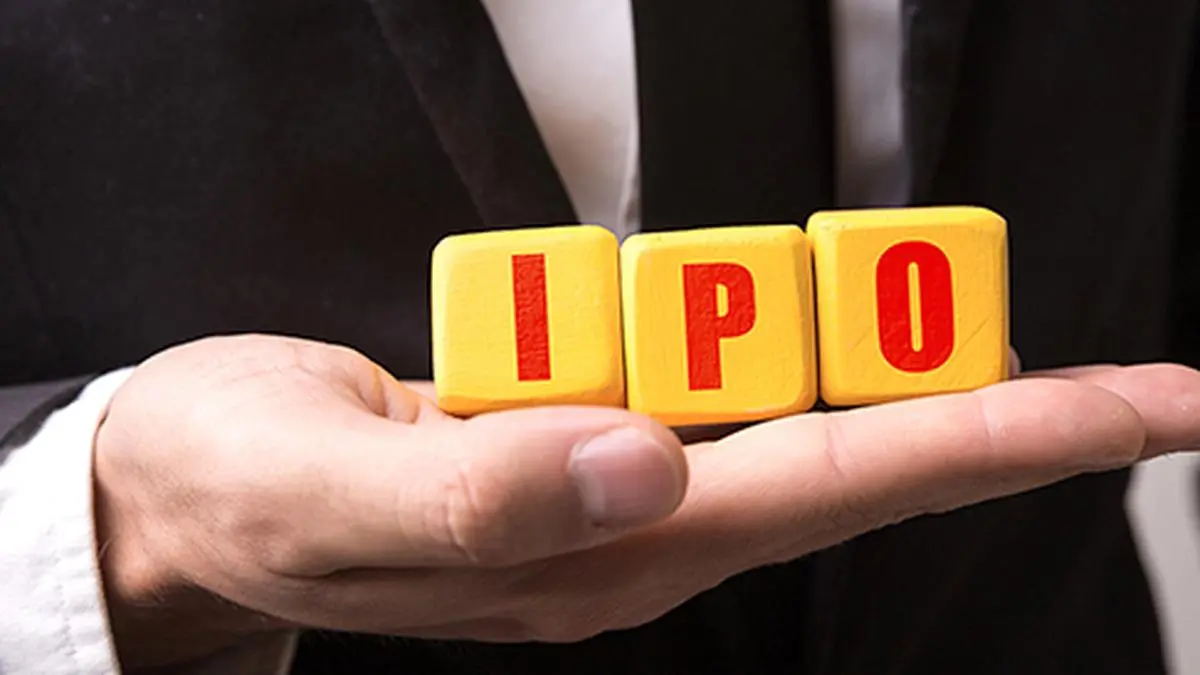
Amid US pressure on India ahead of a likely trade agreement, Modi asks people to embrace ‘Swadeshi’

Prime Minister Narendra Modi addresses a public meeting, in Varanasi.
| Photo Credit:
PMO
Amid rising trade tensions with the US, Prime Minister Narendra Modi has emphasised on “Swadeshi” and assured that India has to guard its own economic interests. He also said that the government accords top priority to protect the interests of farmers, medium and small enterprises,
“The global economy is passing through many uncertainties, situation is not stable. Countries are focussing solely on their own interests, paying attention to their own benefits. As India is going to become third largest economy, the country has to be vigilant about its own economic interests. The government accords top priority to protect the interests of farmers, MSMEs, jobs of the youth,” Modi said addressing an event in Varanasi to transfer the PM-Kisan installment of ₹2,000 each to over 9 crore farmers across the country.
Probably for the first time, Modi has made a special appeal to traders and shopkeepers to adopt Swadeshi. “At a time when the world is going through uncertainty, let us take a pledge to sell only Swadeshi goods from our shops and markets. Promoting made in India goods will be the truest service to the country,” he said. With the festival and wedding seasons approaching, Modi also appealed people to avoid foreign shopping and all new purchases are made in India.
Stating that the government has been trying everything possible in this direction (of protecting interests of farmers, MSMEs, jobs), Modi reminded people that they should too perform certain duties as citizens of India.
The prime minister’s push for ‘Swadeshi’ (buying Make in India products), though not new, has come after the US recently announced 25 per cent tariff to allow Indian products into American market and also threatened a penalty for buying crude oil from Russia, which is under sanctions due to war with Ukraine.
Calling for a national movement to support local products, the prime minister said: “This is not just about Modi saying it, every Indian should say this — if we want India to become the third-largest economy, every political party and every leader, keeping aside their hesitations, must work in national interest and awaken the spirit of Swadeshi among the people.”
He urged people to be conscious consumers — “Whatever we buy, we should ask ourselves whether any Indian was involved in making it? If it has been made by the sweat of our people, with their skills, that product is Swadeshi for us.”
He recalled how many citizens changed their wedding plans from abroad to India after his earlier appeal.
“The feeling of swadeshi in every action will define our future. This will also be a true tribute to Mahatma Gandhi. Only through collective effort can we fulfil the dream of a developed India,” Modi said.
The prime minister also spoke at length on the success of “Operation Sindoor” and criticised Congress and other opposition parties alleging that they do not support Indian defence forces.
Published on August 2, 2025




